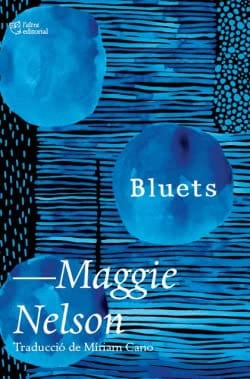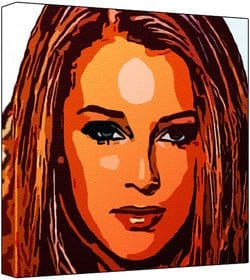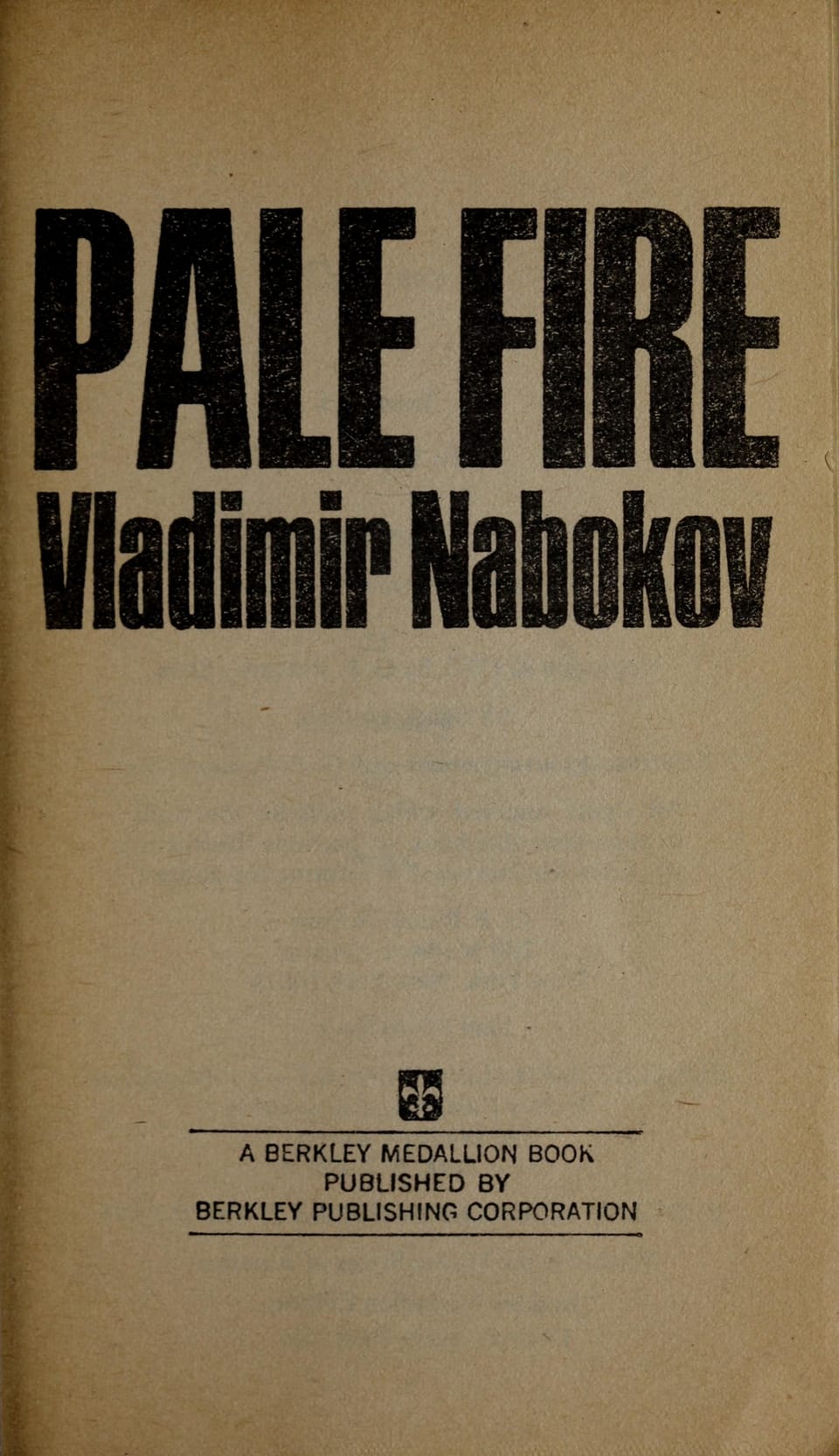Bluets: Exploring Maggie Nelson’s Ode to the Color Blue
Dive into Maggie Nelson’s Bluets, a fragmentary lyric essay that explores obsession, loss, and the color blue’s enduring allure.

Introduction: A Lyrical Meditation in Azure
Few contemporary works have captured readers’ imaginations quite like Maggie Nelson’s Bluets. First published in 2009, this slim volume of 240 numbered fragments defies easy categorization, blurring the boundaries between essay, memoir, poetry, and philosophical treatise. At its heart lies an all-consuming fascination with the color blue—its history, its symbolism, and its power to evoke longing, sorrow, and transcendence. Over roughly 800 words, this article unpacks why Bluets remains an essential text for lovers of experimental literature and color-drunk dreamers alike.
About the Author: Maggie Nelson’s Genre-Bending Voice
Maggie Nelson is no stranger to hybrid forms. Across books such as The Argonauts and On Freedom, she has cultivated a style that fuses rigorous scholarship with personal reflection. Born in 1973, the American writer and critic earned her Ph.D. in English Literature at the CUNY Graduate Center, later teaching at the University of Southern California. Nelson’s academic grounding in art theory and queer studies informs her prose, allowing her to move fluidly between citations of Goethe, Wittgenstein, and blues musicians without sacrificing emotional immediacy. Bluets distills these strengths into a concise, crystalline form.
What Is Bluets?
At first glance, Bluets reads like a collection of prose poems. The book’s fragments—some a single sentence, others paragraph-length—circle around three interwoven narratives: the speaker’s enduring love of the color blue, her grief after a shattering breakup, and her efforts to support a close friend recovering from a life-altering accident that left her quadriplegic. Rather than resolving these threads, Nelson lets them echo and refract through quotations, anecdotes, and philosophical asides, mirroring the way light bounces off a prism to reveal unexpected hues.
The Obsession With Blue
Why blue? From lapis lazuli to Yves Klein’s International Klein Blue, the color has long been associated with spirituality, melancholy, and infinity. Nelson catalogues blues both literal and figurative: the “smalt” skies of Renaissance paintings, Joni Mitchell’s Blue album, and the bruised blue of sorrow. Each reference underscores her thesis that obsession can be both sustaining and corrosive. The desire to possess an abstraction—in this case, the color—leads to epiphanies about beauty but also to painful reminders that objects of longing are ultimately intangible.
Form and Fragmentation
The fragmentary structure of Bluets serves multiple purposes. It mimics the way memory surfaces in flashes, resisting a clean narrative arc. It also invites readers to pause, reread, and assemble their own constellations of meaning. Nelson acknowledges this directly in fragment #95, noting that “if this were a novel, it would go differently,” yet arguing for the honesty of broken forms. In an era when attention is fractured by digital feeds, the book’s modular design feels prophetic, offering moments of focus amid cognitive overload.
Intersection of Memoir and Philosophy
Nelson’s scholarship shines through her deft weaving of philosophical sources, from Wittgenstein’s Remarks on Colour to Simone Weil’s meditations on suffering. These citations are not window dressing; they spark dialogues with the author’s own experiences. When Nelson contemplates whether blue is “darkening” or “deepening” her pain, she anchors the question in both personal heartbreak and Platonic ideals. This interplay transforms abstract philosophy into lived inquiry, highlighting how questions about perception, language, and embodiment matter urgently to an individual in crisis.
Pain, Loss, and Healing
Beyond chromatic musings, Bluets is a study in grief. The narrator mourns a romantic relationship that “ended badly” and simultaneously bears witness to her friend’s physical trauma. Blue becomes a vessel for articulating what feels unspeakable: the ache of absence, the guilt of recovering faster than someone you love, the stubborn persistence of desire. Yet the book is not nihilistic. Nelson finds solace in acts of attention—watching the blue of a jay’s wing, memorizing lines from Leonard Cohen—suggesting that devotion to beauty can coexist with, and perhaps temper, despair.
Literary and Artistic Lineage
Bluets participates in a rich lineage of color writing, nodding to William Gass’s On Being Blue, Derek Jarman’s film Blue, and Joan Mitchell’s abstract canvases. Nelson’s contribution is distinctive for its gendered and queer perspectives, foregrounding desire and the body in ways earlier texts often elided. She also bridges high and popular culture, pairing medieval lapidaries with Prince’s “blue electric light.” The result is a polyphonic chorus that invites readers from varied backgrounds to locate their own references, deepening engagement.
Why Bluets Still Resonates
More than a decade after publication, Bluets continues to find new audiences. Its brevity makes it approachable, while its intellectual density rewards repeated readings. In a cultural moment obsessed with categorization, the book’s refusal to choose between essay, poem, and diary feels radical. Moreover, Nelson models how to live alongside uncertainty—romantic, existential, and chromatic—without demanding closure. This approach resonates with readers navigating contemporary crises, from climate anxiety to personal heartbreak, who seek literature that validates ambiguity.
Tips for Readers and Book Clubs
If you’re approaching Bluets for the first time, resist the urge to speed through. Read in small doses, perhaps aloud, letting the cadence guide you. Book clubs might assign members to track different motifs—water, sky, sapphires—and report their findings. Pair the text with visual art exhibits or a playlist of “blue” songs to enrich discussion. Finally, encourage personal reflection: what color obsessions shape your own worldview?
Conclusion: Staying True to the Azure Flame
Bluets is not merely a book about blue; it is a meditation on the textures of longing, the discipline of attention, and the strange alchemy by which art transforms pain into radiance. Whether you are a seasoned Nelson fan or a curious newcomer, plunging into its lapidary fragments offers a rare chance to dwell in wonder. Like the sky at dusk—ever retreating, ever present—Bluets beckons us to keep looking up.



